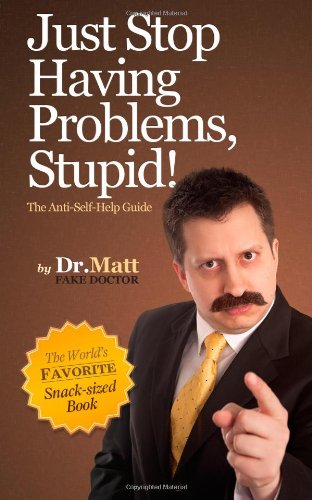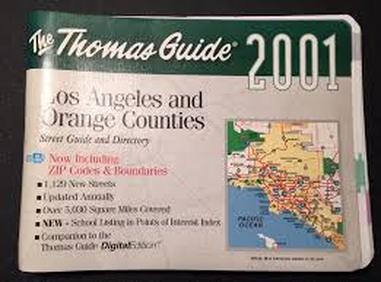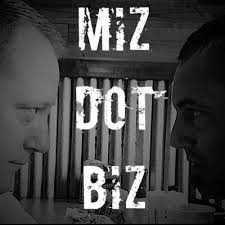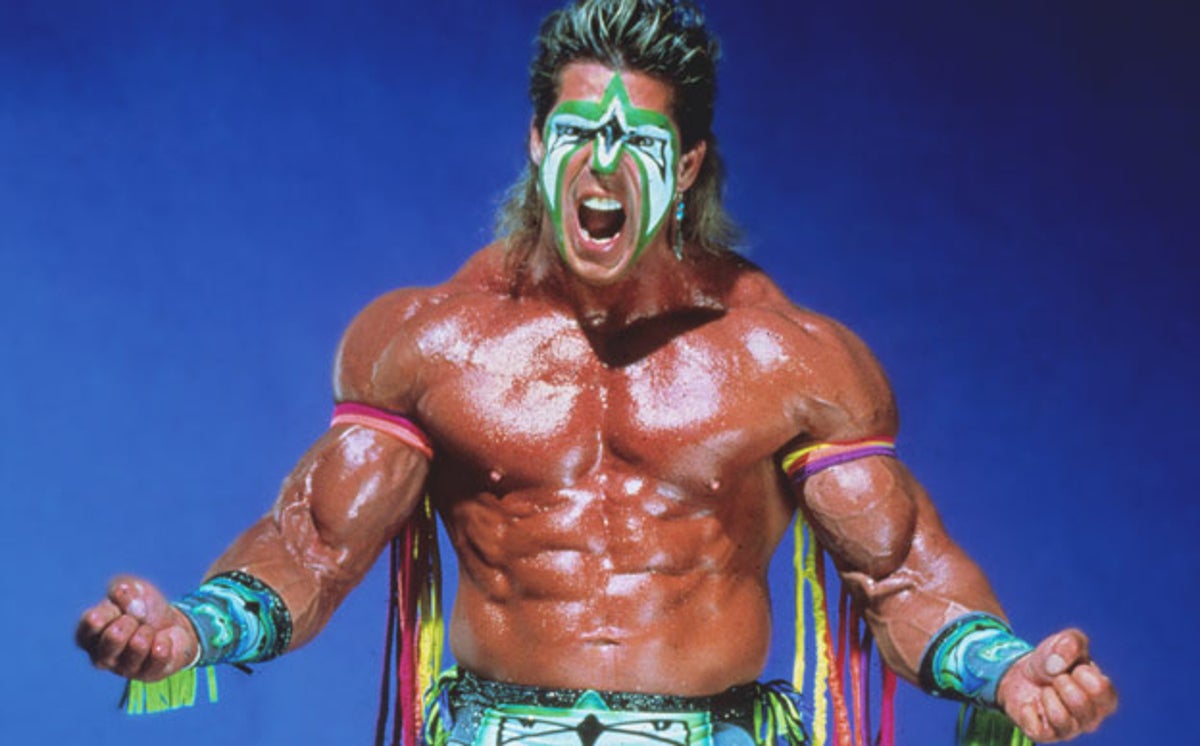 Originally published September 5, 2017 on The Daily Positive as How to identify the right mentor by Jon Isaacson. Successful professionals understand the importance of learning the hard skills of their chosen craft. But when it comes to management skills, the value of mentorship is often forgotten. Mentoring is a relationship of purpose wherein Professional A enlists Professional B to assist in his personal and/or professional development. Mentorship is broad and unique to the various industries and stages of professional development. If mentorship were an actual ship, what would that sea craft look like and how can individuals apply this to their search for the right mentor? Do you need a tugboat? The tugboat maneuvers vessels by pushing or pulling them. What are the features that the mentee is looking for? The mentee needs someone strong, behind the scenes, understated, and always reliable. A tugboat mentor proves that not all mentors look the same or fit the archetype of the mentorship romance narratives. A mentor who serves like a tug boat will assist those vessels that are unable to propel themselves, whether temporarily due to being disabled by damage or as an assistant for those vessels that are in narrow waters and need assistance with navigation while in a tight spot. “My mentor said, ‘Let’s go do it,’ not ‘You go do it.’ How powerful when someone says, ‘Let’s!’” — Jim Rohn Mentors who specialize in categories of business or management skills can be a vital boost to your advancement as professional. A tugboat relationship may be short in duration or enlisted only when certain circumstances require an extra push. Tugboat mentors are available on call or at scheduled intervals, but they know the boundaries of how engaged to be to assist the mentee in building his own success. Tugboat mentorships are often the least expensive, least involved, and serve for specific durations. Here are some characteristics to assist in the search of a tugboat mentor: look for quiet strength, don’t overlook professionals who have experience but may not fit preconceived notions, confront whether your current needs are to be pushed or pulled. Do you need a freighter? Cargo ships are designed to carry heavy loads from point A to point B. Freighters are equipped for types of cargo, course parameters, and journey duration. The mentee needs someone who can assist with carrying a current project through to its vision destination. Mentors who serve in a cargo capacity may have more than one mentee who they are working with; they may not provide the highest level of individualized care, but they will help carry the process through to completion. Freighter may be the most common mentorship scenario, as most professionals don’t seek out this level of transparency or assistance until they are faced with an opportunity that is too heavy, too complicated, or stretches them further than they have traveled in their career. “Colleagues are a wonderful thing – but mentors, that’s where the real work gets done.” — Junot Diaz Driven people understand that there are mental road blocks on the way to professional development. Seeking the support of another professional to assist in navigation may be the key to breaking through. A freighter relationship may be a longer duration than the tugboat mentor and yet more utilitarian as the parameters of the interaction are tied to objectives. Mentees who have a clearer understanding of what they need are better able to map out and communicate their needs in an agreement between both mentorship parties. Here are some characteristics to assist in the search of a freighter mentor: try to determine whether your current need is load specific to a type of heavy burden, experiential in nature to a path that must be traveled, or mission-centric. Do you need an aircraft carrier? Aircraft carriers are some of the most expensive ships in the sea, but they are also fitted with the best in technology for intelligence, offense, and defense. As a mentee who is in need of vision, organization, equipment, and support, the aircraft carrier can provide it all, including the ability to send resources to salvage if the mission has crashed and burned. Mentors who work in an aircraft carrier capacity may be utilitarian in providing insights into vision charting, course preparation, or operational assistance, or they may be ordered to intercede in a specific mission. “One of the greatest values of mentors is the ability to see ahead what others cannot see and to help them navigate a course to their destination.” — John C. Maxwell As an aspiring professional, it is important to keep yourself personally and professionally challenged. The value of this can be multiplied by identifying a suitable mentor who will assist you to navigate the most complex systems of interpersonal relationships within leadership roles. The mentee who understands her needs and has the resources can call upon an aircraft carrier mentor to provide mission assistance, whereas the mentee who lacks clarity may call upon the intelligence and support capacities of her carrier mentor. Here are some characteristics to assist in the search of a carrier mentor: know thyself, and understand where you are and where you are going. With a firm sense of those two items, identifying a mentor who has mastered the skills you are working on will be much more evident. Professional athletes have coaches and trainers even though they are at the very height of their professional skills, earning, and influence. Seeking the assistance of someone who can assist you to tug, carry, or chart your way through the murky waters of personal development can be a very positive and fulfilling addition to your professional adventure.
0 Comments
 Warning, this article is full of mumbo-jumbo about self care. You probably should pass on this article (it's not like you've read the others). Our lives in service based industries, especially where responding to disasters large or small, bring us into contact with individuals, families and communities in various stages of trauma. While we understand that stress can tax our ability to maintain empathy or others and the strain of emergency response to water or fire related disasters at all hours of the day can cause us to be on edge, we may be neglecting the reality of the overall toll of this exposure. Laura van Dernoot Lipsky is pioneering a methodology outlined in her book Trauma Stewardship which provides An everyday guide to caring for self while caring for others. If you are still reading, maybe you have witnessed the impact of secondary trauma in yourself and/or your response teams. In one profile outlined in the text, Cheri Maples who is the outgoing assistant attorney general for Wisconsin, discusses the revelation in her profession that there was high turnover in probation personnel which wasn’t as much related to training in the skills of the profession but rather a lack of training in personal care abilities. As she notes, “I realized we were losing people emotionally because of secondary trauma (p.138).” This has certainly been true with our teams, we know how to teach and master the skills of our professions but we don't always know how to master caring for ourselves so that we can operate at our full capacity in serving others. The value of being awake, present and aware can be taken for granted or even dismissed as being something for the gurus who deal in mythology but not in the real world. Yet the opposite isn’t seen as dangerous as it is often the status quo across multiple professions, I.E. being numb, detached and disconnected from the cumulative impact of professional stress exposure. As noted in the book, the basis of trauma stewardship is applying many of those same principles that professionals share with their clients and utilizing those methods to care for themselves. In many ways trauma stewardship is simply walking what you’re talking, or living what you preach to others. We seem better equipped to see and respond to the needs of others without taking into account the impact of that distress on our lives as well as those on our team. Cheri notes that there are three key things to taking care of yourself, first understanding the cycle for what it is, second is having friends outside of your profession and third is developing a daily practice of care (p.141). By understanding these principles we can establish methods to lead by example and enable our teams to care for each other. There is a cycle, whether you can see it or not, where we are tempted to turn ourselves off to what we are experiencing in order to cope with our daily tasks. It’s easily missed as standard operating procedures but this coping mechanism should be a red flag to ourselves and those that care about us that there needs to be a change in how we approach our profession. Key to caring for yourself so that you can operate within your strengths is realizing that you need to do so. Whether you are a professional caring for others in trauma or someone who is helping others in various stages of need, take the same principles that you would share with those you are serving and make sure that you are applying those concepts in your own life. Walk your talk. If our social circle is only composed of those who also work with us, there can be a negative reinforcement of the us-versus-them mentality that can prohibit you from seeking additional perspectives. While our friends in our field know the day to day stresses and unique challenges that we face, all parties need additional influences that can help them see things in new ways and perhaps can detect unhealthy behaviors that those in our industry would overlook as normative. Helpful insights can come from good peer discussions or they can also come from seeking mentor relationships. As we have noted previously, “Professional athletes have coaches and trainers even though they are at the very height of their professional skills, earning, and influence. Seeking the assistance of someone who can assist you to tug, carry, or chart your way through the murky waters of personal development can be a very positive and fulfilling addition to your professional adventure (Isaacson, 2017).” Developing a daily practice of care is something Lipsky goes into greater detail sharing the five directives which include inquiry, focus, balance and community. Tools such as breathing, exercising, utilizing music or sounds, rest and other positive habits are important to helping you maximize your capacity to operate within your values. If we find ourselves in a position of leadership it is important for us to be aware of these issues so that we can lead by example and facilitate practices within our teams that help identify, respond and equip our team members to remain healthy. Whether we lead many or simply lead ourselves, failure to recognize these obstacles and the tools available to positively respond to them we are cutting ourselves short of our full ability. References: Lipsky, L. v. D., & Burk, C. (2009). Trauma stewardship: An everyday guide to caring for self while caring for others. San Francisco, CA: Berrett-Koehler Publishers. Isaacson, J. (September 5, 2017) How to identify the right mentor. The Daily Positive. Retrieved from https://www.thedailypositive.com/identify-right-mentor/#sthash.N759aPeB.dpuf  Thomas Guide - Navigation Tools From Long Ago... Thomas Guide - Navigation Tools From Long Ago... My kids ask about the olden days, "You know, like back in the 1900's." There are moment as we laugh that we realize there are reference points and resources which they will have no frame work to comprehend. One such resource that we used in the days long before was the Thomas Guide, do you remember these? We tale for granted that you now can instantaneous directions that are interactive and will talk you through the intricacies of your journey. In the days before cell phones and data applications were a ubiquitous accessory, you used to have to sit down at your computer to print your directions from programs such as Mapquest. People complain that Siri get's them lost, those same people should force themselves to navigate with line item directions while traversing through rush hour traffic. Prior to the Thomas Guide, there were maps. Maps were created as a by product of natural selection in an effort to thin the population either by getting them lost where they could not be found, distracted from driving or to tear families apart arguing over which minuscule turn off was the shortest route. Maps were sold in a compact folded form that you could never get them back into without tearing or throwing into the glove box in a condition twice the purchased size. Imagine driving with a fold out that could fill the drivers compartment trying to read size 6 font in the dark to reach your destination - it makes it rather comical that some crusaders believe cell phones are the first and/or only incarnation of distracted driving. Imagine family trips with no seat belts, no air conditioning and navigating from parchment paper. Needless to say, when the Thomas Guide came out, the world of travel for business and for pleasure became so much more compact and concise. The Thomas Guide had a reference index, you would look up your street and be provided an page as well as index from which you could begin to construct your routes. As crazy as it sounds, in metropolitan areas such as Los Angeles, California, with the Thomas Guide you could more readily re-navigate when there were traffic jams because you could focus in on the area you were headed to rather than having to mess with a the jumbled monstrosity of a large paper map. The world was still un-chartered waters but the Thomas Guide made you feel like you could master the seas, or at least not get so lost that you would be left to die in the expanse with your only friend being a volleyball. Where are we going with this? First, I wanted to share a story about the Thomas Guide with you young-ins who have never heard of such a thing. Secondly, navigation is an essential component of exploration as it relates to achieving your personal and professional goals. Technology has advanced and you may be able to master the latest and greatest electronic gadgets but that doesn't mean you understand how to navigate your journey, connect with the best resources or conquer your ambitions. Mentorship is a catch phrase in the current economy and yet connecting the pieces is harder than it sounds even though we have so many collaboration opportunities. As discussed previously, discussion among peers can be a powerful resource (HERE), like a planned summer vacation the search for ideas and tips can start with sharing with others where you want to visit, what you hope to see as well as asking if others have been where you are trying to go. If you have been frustrated in your search for mentorship - 1) you are not alone, 2) don't give up as it is a worthwhile pursuit and 3) don't discount the network that you have that can help keep you accountable to your vision (The Power of Discussion). Another great place to start is Write It Down. Let us know what you have learned about navigation and mentorship. Connect. Collaborate. Conquer.  Discussion can help you see and unlock personal growth Discussion can help you see and unlock personal growth Many entrepreneurs and business leaders are understanding the benefits of both having a mentor who can assist them with growth as well as being involved with mentoring others. In talking with many of these individuals we are finding that people are having difficulty making the time to identify, pursue and connect with potential members. Interested parties are concerned about being an encumbrance upon those they are approaching and often those who are most willing to be in a mentor relationship already have individuals under their wings. For tips on identifying the right mentor, read our article published with The Daily Positive HERE. While mentorship is something that everyone should continue to pursue, while you are in that quest don't forget to reap the benefits of simple discussions with other entrepreneurs and business leaders who are also in the trenches. We can learn from those who are starting out - perhaps soaking up their start up passion. We can learn from those who serve as our peers - everyone has lessons learned from experience that they can share. We can be mutual sounding boards for ideas, encouragement to recharge our batteries while persevering in the fight and we can share perspectives that we might otherwise miss without additional input. Continue your search for a mentor but while you are at it schedule to have coffee with someone and get a good discussion going as mentorship can happen at many levels and in many forms. Mentorship can also happen in group settings through peer collaboration, read more on professional connection HERE. What is your experience with mentorship - how were you able to get the relationship started? |
AuthorThoughts on personal and professional development. Jon Isaacson, The Intentional Restorer, is a contractor, author, and host of The DYOJO Podcast. The goal of The DYOJO is to help growth-minded restoration professionals shorten their DANG learning curve for personal and professional development. You can watch The DYOJO Podcast on YouTube on Thursdays or listen on your favorite podcast platform.
Archives
March 2023
Categories
All
<script type="text/javascript" src="//downloads.mailchimp.com/js/signup-forms/popup/unique-methods/embed.js" data-dojo-config="usePlainJson: true, isDebug: false"></script><script type="text/javascript">window.dojoRequire(["mojo/signup-forms/Loader"], function(L) { L.start({"baseUrl":"mc.us5.list-manage.com","uuid":"b9016446bd3c6a9f0bd835d4e","lid":"83282ffb9e","uniqueMethods":true}) })</script>
|
Jon Isaacson |
Connect. Collaborate. Conquer.
© COPYRIGHT 2015. ALL RIGHTS RESERVED.
|



 RSS Feed
RSS Feed